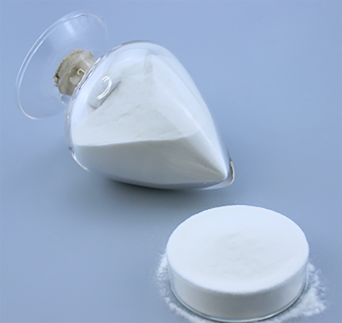
Zář . 22, 2024 09:45 Back to list
hpmc dispersion
Understanding HPMC Dispersion Applications and Benefits
Hydroxypropyl Methylcellulose (HPMC) dispersion has become a prominent subject in various industries, particularly in pharmaceuticals, construction, and food processing. As a cellulose derivative, HPMC boasts excellent binding, thickening, and film-forming properties, making it indispensable in numerous applications.
Understanding HPMC Dispersion Applications and Benefits
In the pharmaceutical industry, HPMC dispersion plays a pivotal role in drug formulations. It is commonly used as a binder in tablets, ensuring that the ingredients are cohesively held together for optimal performance. Moreover, HPMC's ability to control the release rate of active pharmaceutical ingredients (APIs) makes it an integral part of sustained-release formulations. This controlled release is crucial in achieving therapeutic effects over extended periods, reducing the frequency of dosage and improving patient compliance. Additionally, its use in ophthalmic formulations as a lubricant helps in managing dry eye conditions effectively.
hpmc dispersion

In the construction sector, HPMC is valued for its adhesive properties. It enhances the performance of cement, gypsum, and tile adhesives by improving workability, water retention, and adhesion strength. The addition of HPMC to construction materials helps ensure that they remain wet for a longer period, which is vital for the curing process, thereby preventing premature drying and cracking.
In the food industry, HPMC dispersion serves as a stabilizer and thickener. It is often used in low-fat and gluten-free products to improve texture and mouthfeel. By incorporating HPMC into formulations, manufacturers can achieve the desired consistency without adding excessive calories or gluten. Its versatility also allows it to be employed in sauces, dressings, and bakery products, enhancing their stability and shelf life.
The environmental aspects of HPMC dispersion are also noteworthy. As a biodegradable material, HPMC is preferable to many synthetic polymers, aligning with the increasing demand for sustainable solutions across various industries. Its safety profile further adds to its desirability; HPMC is generally recognized as safe (GRAS) by regulatory bodies, making it suitable for use in food and pharmaceuticals without posing risks to consumers.
In conclusion, HPMC dispersion is an essential component across multiple sectors due to its unique properties and versatility. Its ability to enhance drug formulations, improve construction materials, and stabilize food products makes it a valuable addition to modern manufacturing processes. As industries continue to evolve, the importance of HPMC will only grow, affirming its status as a cornerstone of innovative development.
-
Unlocking the Benefits of HPMC Products: A Gateway to Versatile Applications
NewsAug.07,2025
-
Unleashing the Potential of HPMC Ashland: A Comprehensive Look
NewsAug.07,2025
-
Tile Bonding Cellulose: The Key to Superior Adhesion and Durability
NewsAug.07,2025
-
Hydroxypropyl Methylcellulose Powder: The Versatile Component in Modern Pharmaceuticals
NewsAug.07,2025
-
Hydroxyethyl Cellulose: The Versatile Solution for Various Industries
NewsAug.07,2025
-
Hydroxyethyl Cellulose (HEC): The Versatile Polymer for Various Applications
NewsAug.07,2025







